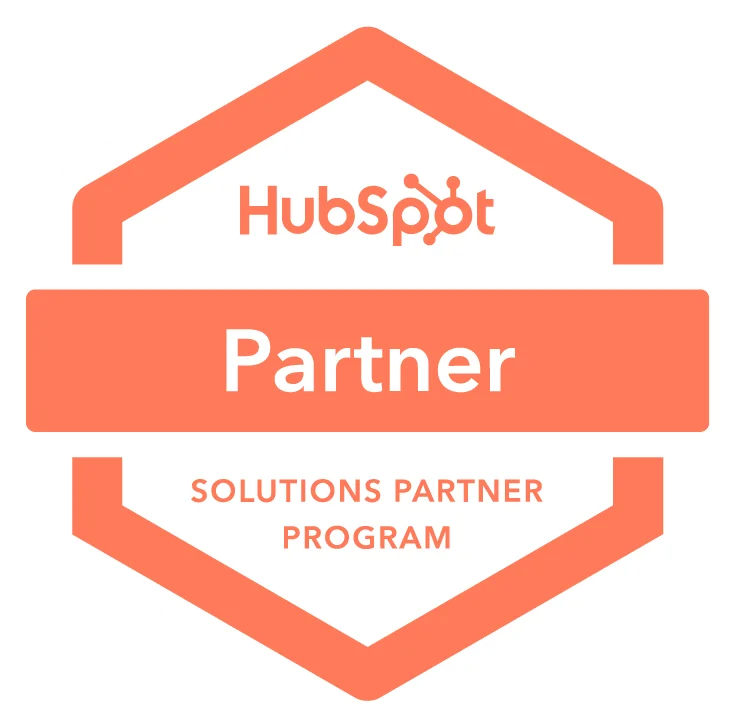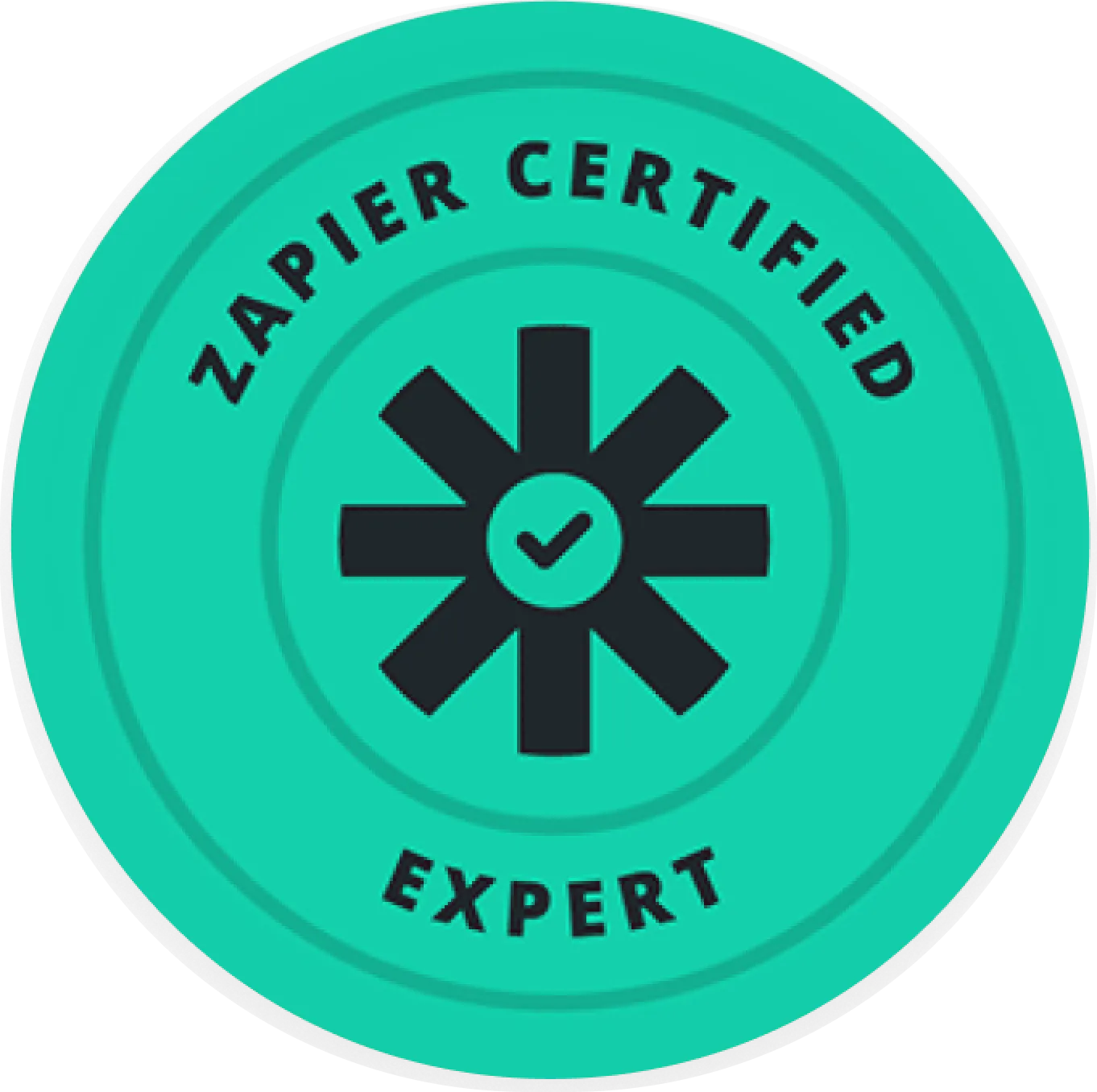Here, we use a bit more AI to identify outcomes directly from inside the meeting. We look at whether there are any tasks that resulted from the meeting. Some participants might have things to do with specific due dates, and we want to understand how this meeting connects to existing projects inside the company.
The system then identifies the right project and the right folder to assign the meeting output to. We aggregate the tasks from the meeting for analysis, and we prompt an AI to analyze the meeting content.
A key part is passing the participant emails from the meeting. This helps the AI guess who should be assigned to which task, based on what was discussed. It won’t work 100% of the time—for example, if multiple people join from the same device—but it gives a strong guess.
If no owner is identified, we fall back to assigning the task to the meeting host, who can then reassign it. In the case of ClickUp, we use the organization’s member list to map the AI-detected email to a ClickUp user ID.
If you're using a different project management tool that doesn't expose a member list, we provide a simple switch module—just add your email addresses and system IDs, and we use that as a fallback reference for assigning tasks.
Then we move to saving the task. In ClickUp, we fetch all project folders and aggregate the content. We ask the AI to suggest the correct folder based on the meeting title. We pass folder IDs to the AI to make accurate assignments.
We do the same for lists—if no specific list is found, we use the first available one. Finally, we create a task with the AI-identified task name, assign it to the owner ID if available, or the host otherwise.
This flow assumes that your internal email addresses match those in your project management tool. If not, the switch module ensures it still works.
Now, if we run a quick test, I’ll pull up ClickUp and use a short meeting. The AI processes the meeting and returns a list of tasks, each with an owner. Then it identifies the right folder and list step by step.
If you go into ClickUp now, you’ll see the test project “Quick Trans” has a list of tasks with estimated due dates and owners, automatically created.
This is powerful, and the only limitation is what we can imagine. I showed this to my colleague Marty, a PM, and he immediately asked for Slack notifications, and other custom features.
That’s the beauty of tools like Make—you can customize workflows to fit your business needs.












.png)
.png)



.avif)
